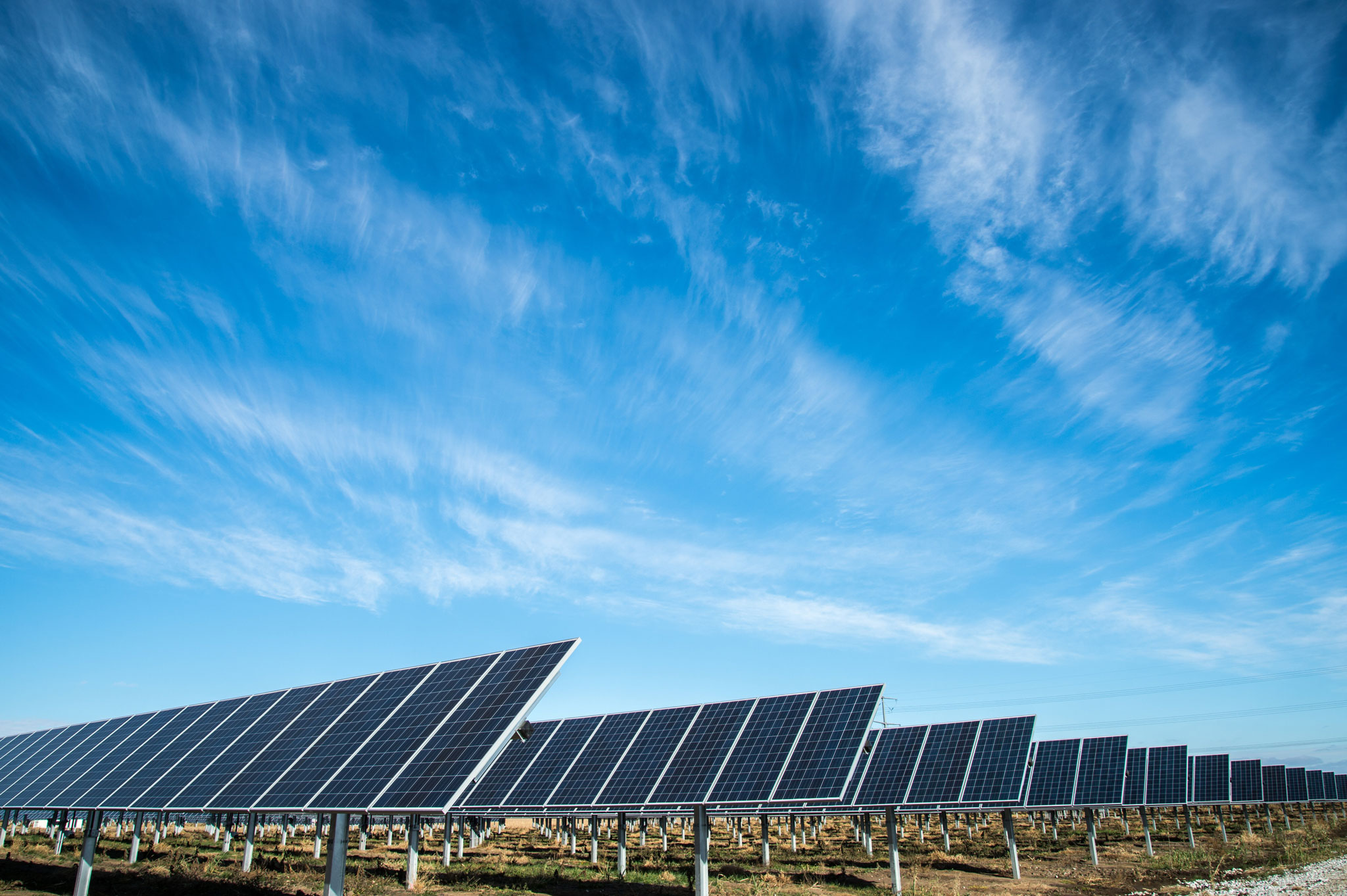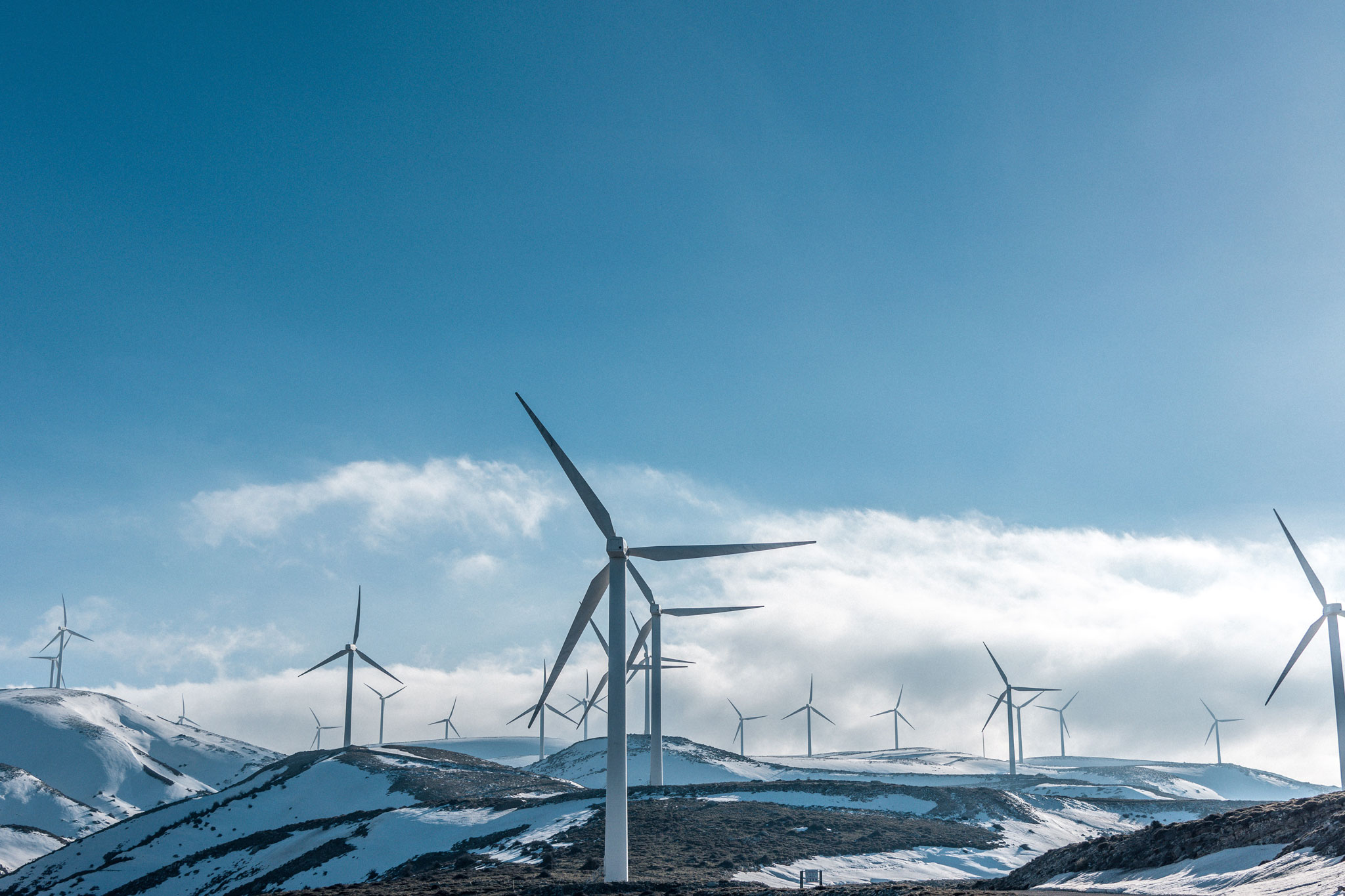The past few winters in the Inland Northwest have brought a wide range of weather, from dumps of snow and a severely soggy late spring to barren ski hills and a windstorm that knocked out power for weeks in some areas of Spokane and North Idaho.
We’ve had some crazy weather in the past, but it seems like it’s getting more difficult to predict what each season’s weather is going to look like. Scientists and environmentalists refer to this as climate change.
“The difference between climate and weather is that climate is what you expect to get and weather is what you do get,” says Torrey Udall, Manager of Development & Operations at Protect Our Winters (POW), a non-profit that is turning passion into purpose when it comes to climate change, particularly when it comes to protecting our winters.
POW involves individuals who are in the global winter sport community in the climate change conversation. It is supported by companies and businesses whom they challenge to operate more sustainably.
According to a report published recently by POW, 2017 was an unprecedented year for climate change on a number of front. The report points to a White House report declaring humans cause climate change. It also notes clean energy is here to stay as well as other trends. (protectourwinters.org).
Both NASA and POW say the trends show that global warming will most likely continue to increase, and at a rapid rate. Is there hope? Can we stem the tide of these somewhat overwhelming issues? And, as Udall asks, “How do you create a sense of urgency with such an abstract, scary and seemingly distant issue?”

Climate change: More than just buzzwords
Climate change was first scientifically identified and defined in the early 19th century and later attributed to greenhouse gases, biotic processes, solar radiation, plate tectonics and volcanic eruptions. It was then brought to the political and social forefront by former Vice President Al Gore’s campaign against global warming, and today has become an in-depth and multi-faceted conversation — and debate — that spans all seasons, all landscapes and all peoples.
In spite of buzzwords like “ecoflation,” “greenwashing” and “global weirding,” as well as an abundance of 21st century climate disaster movies,
it is a fact that our planet shifts, adapts and reshapes itself
to promote its own preservation and health.
Think of it in terms of the human body. It’s possible to eat junk food day in and day out for years and live an energetic, “normal” life.
Like the Earth, your body is working every moment to heal itself, move toxins out of your cells and compensate for inflammation and malady. Eventually, however, if you don’t improve your lifestyle and diet, your biological mechanisms and organs will wear down and be unable to keep the toxicity and resulting deterioration at bay.
The look of climate change
There are two major factors that contribute to climate change
– natural planetary occurrences, such as volcanic eruptions and solar storms and unnatural human- and animal-induced situations, like automobile emissions and cattle ranching. These factors are not new, but the negative ones that we could control have grown dramatically in recent decades with the increase in global food consumption, escalation of manufacturing, overflow of pollution in land and ocean, and the constant human demand for convenience, disposability and momentary satisfaction.
Story continues after a quick message from our sponsor below.
Unnatural climate change can often look like natural shifting, and natural fluctuations have sometimes been attributed to human impact. So, how do we know what is unhealthy and what is healthy for our planet?
According to NASA, concerns regarding climate change can be seen in the rise of global temperatures from January through September, increased heat in our ocean waters, the shrinking of ice sheets in Greenland and Antarctica, the retreat of glaciers around the world, decreased snow cover in the Northern Hemisphere, the rise of the global sea level, the increase in extreme weather events and changes in the ocean’s acidity.
NASA scientists monitor climate change through Earth-orbiting satellites and other technological advances. Over the years, they have collected climate and planetary data on a global scale, and compared it to ancient biological evidence found in glaciers, tree rings, ocean sediments, coral reefs and layers of sedimentary rocks. Their conclusions: current warming trends are “occurring roughly 10 times faster than the average rate of ice-age-recovery warming,” the global sea level has risen more in the last two decades than recorded in the last century, the rate of Antarctica ice mass loss has tripled in the last decade, and much more.

There will always be Paris
The Paris Agreement is a United Nations Framework Convention on Climate Change accord that addresses the reduction of greenhouse gas emissions, as well as the adaptation of global societies and the associated costs. The agreement was ratified and approved by 196 state parties and adopted in December 2015. As of July 2018, 195 have signed it, 180 have “become party to it.”
Each country involved in the Paris Agreement, or Paris Climate Accord, agrees to determine impactful actions, plan to implement those actions and regularly report on its progress on mitigating global warming within its purview. The terms of the Agreement should go into effect in 2020, but that will only be the beginning of significant changes that could take place around the world. The French Environmental Minister, Nicolas Hulot, announced in 2017 that he plans to ban all petrol and diesel vehicles in France by 2040 and no longer use coal to produce electricity after 2022.
Personal carbon footprint
There are a lot of politics around climate change issues. National and global politics can add to the disconnected and inaccessible feeling. True, we can get involved with local politics and ask questions about sustainability, recycling and other issues that affect climate. And it’s possible to start affecting change on that level. For those of us who may not take that course, there are other ways we can make small and big steps towards creating a healthier planet.
» Big: Consider solar for personal use, and encourage local businesses, governments and winter and summer resorts to do the same.
» Big: Consider buying an electric or hybrid vehicle.
» Big: Promote the preservation of public lands. This means advocating for them, paying the fees for use and packing out your trash.
» Small: Take a bus or ride a bike a few blocks to the store or your favorite restaurant.
» Small: Reduce and reuse something rather than just throwing it in the trash or recycle bin.
» Small: Conserve energy and save money, every day. Use energy-efficient light bulbs. Replace the seals on your windows and doors to keep heat in.
These are just a few suggestions of ways we can help build a future for our kids and grandkids. At POW, Udall and his staff take an economic approach to connect people to this growing issue.
“We are reaching out to passionate outdoors people who are seeing the differences in the winter and in the summer seasons, and wanting to extend the outdoor experiences they had growing up to their kids,” he says. “We are waiting there with opportunities to take action and be part of the solution.”
Will you be part of the solution? N
By Michal Bennett
As Featured In: 2019 Winter/Spring SPO Edition



